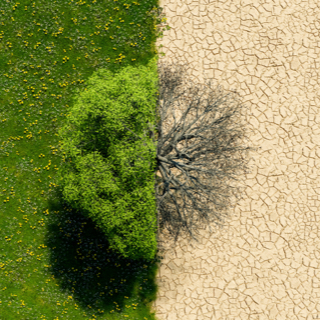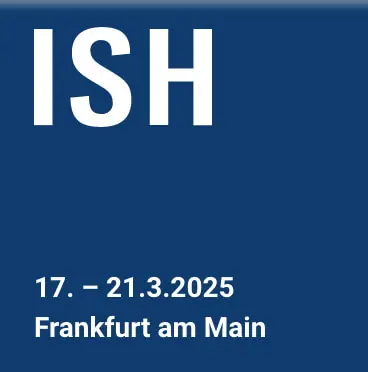
Water is the foundation of life on our planet, yet we often take it for granted. With population growth and shifting weather patterns straining supplies, efficient water use is more critical than ever.
Despite frequent rain, the UK has less water per person than Spain. Australia faces recurring droughts, and the U.S. struggles with depleted rivers and reservoirs. Water scarcity is a growing global issue.
To secure the future, we need smarter conservation strategies, sustainable habits, and innovations like water recycling and desalination. This blog explores the challenges and solutions shaping global water sustainability.
United Kingdom
In the UK, on average, each person uses around 140 litres of water per day. While it may seem like it rains frequently, the UK actually has less available water per person than countries like Spain or Portugal, especially when considering climate change, shifting weather patterns, and population growth.
Despite expecting a consistent flow of high-quality, treated water from our taps, we rarely consider where it comes from or how finite this resource is. The UK faces increasing water stress, with droughts occurring more frequently in regions across the country, from Cornwall to Scotland. By 2050, the UK is projected to have a shortfall of 5 billion litres of water per day, with failures in supply already affecting towns and businesses.
To combat these challenges and improve water conservation, the UK is investing in more resilient water systems, including water recycling, stormwater harvesting, and even desalination. The bathroom industry has introduced water-saving products to help households reduce water consumption, and consumers are becoming more interested in sustainable shopping habits. However, further action is necessary to ensure long-term water sustainability.
Australia
Australians rely on water in their daily lives like everyone else, but often without realizing how just much they use. The country’s water supply is also heavily influenced by climate change, extreme weather patterns, and population growth. Given Australia’s vulnerability to drought, water conservation is critical.
Despite expecting a reliable supply of treated drinking water, many Australians are unaware of its origins – only 64% know where their household water comes from, and 45% admit they don’t think about it at all. This lack of awareness highlights the need for educating users on their water use, encouraging behavioural changes, and the adoption of high-efficiency water-saving products.
Water stress, droughts, and floods are significant threats to Australia’s water supply, exacerbated by climate change. Annual rainfall is already below the global average, and in recent decades, some regions have seen a 12% decline in April to October rainfall. As urban populations grow, the strain on water resources intensifies.
To adapt, Australia is investing in solutions such as water recycling, desalination, and stormwater harvesting. However, managing water stress effectively requires a combination of demand reduction and diverse water sources. Businesses and consumers alike need to play an active role in water conservation, from tracking carbon-offsetting product sales to adopting more sustainable water usage habits.
United States
Water efficiency is a growing concern across the United States, particularly in the western regions, where prolonged drought and arid conditions have led to a crisis in the Colorado River Basin. Climate change has made seasonal droughts a regular occurrence across most states and parts of Canada, with nearly every U.S. state experiencing drought in 2022. Even though 2023 saw some improvement, water shortages remain a widespread issue.
Population growth is further straining water supplies. Over the past 70 years, the U.S. population has increased by nearly 190 million, yet sources for drinking water have remained largely unchanged. This overuse of surface water has led to rivers and reservoirs reaching historic lows, while excessive groundwater extraction – accounting for 30% of U.S. freshwater use – is depleting resources at an unsustainable rate.
In response, many U.S. cities are focusing on increasing water efficiency as a fast and cost-effective way to address shortages. Measures such as improved water conservation strategies, reducing energy use, and protecting lakes and rivers are crucial to maintaining a sustainable water supply. Even in areas with sufficient rainfall, communities are struggling with dwindling groundwater reserves, underscoring the urgent need for long-term water management solutions.
The GetWaterFit and GetWaterSmart digital tools help to address these challenges and support a more water wise future in countries around the world.




